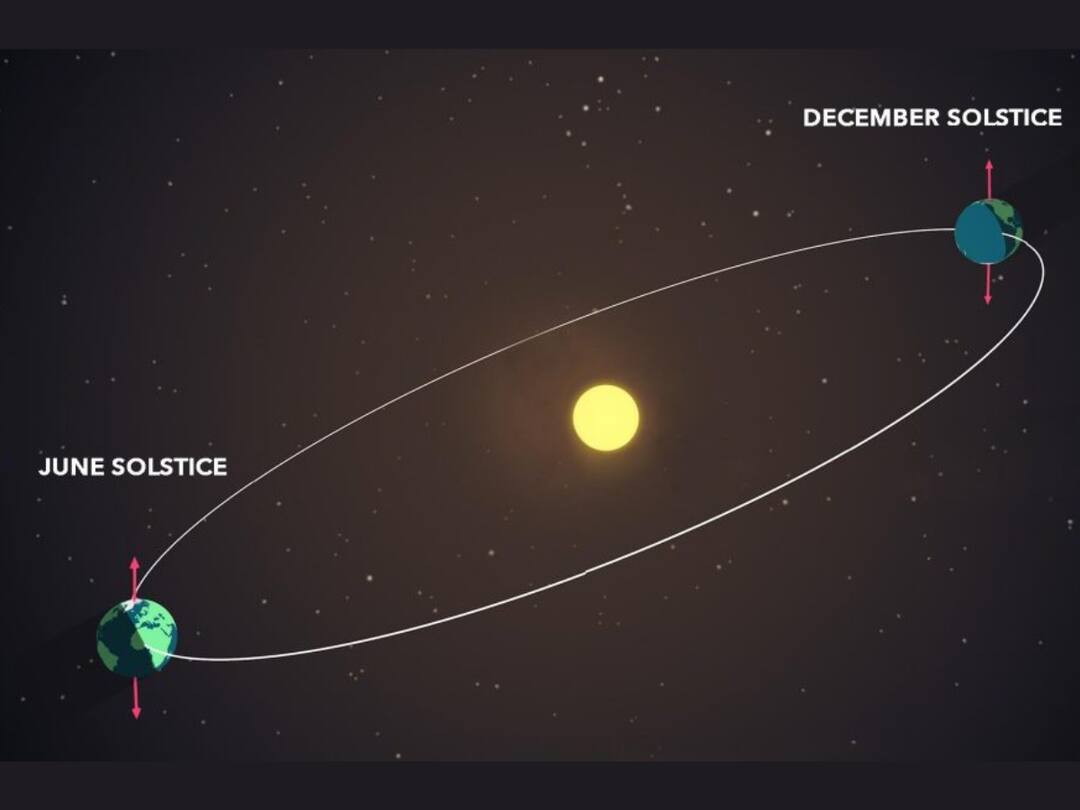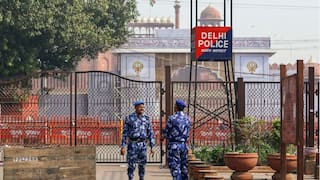(Source: ABPLIVE पत्रकारों का Exit Poll)
Summer Solstice 2023: June 21 Is The Longest Day This Year For Northern Hemisphere. Here's The Science Behind It
Summer Solstice: Also known as the June Solstice, it usually falls on June 20 or June 21, and is the longest day of the year for the Northern Hemisphere, and marks the start of astronomical summer.

Summer Solstice 2023: This year, Summer Solstice in the Northern Hemisphere falls on June 21, at 14:58 UTC (8:28 pm IST). Also known as the June Solstice, it usually falls on June 20 or June 21, and is the longest day of the year for the Northern Hemisphere, and the shortest for the Southern Hemisphere. June Solstice also marks the beginning of the astronomical summer for the Northern Hemisphere, and the beginning of the astronomical winter for the Southern Hemisphere.
Summer Solstice falls in the Southern Hemisphere in December.
The science behind summer solstice
The reason why the day of Summer Solstice is the longest day of the year for the Northern Hemisphere is that the Earth is tilted towards the Sun in such a way that the hemisphere gets the maximum amount of sunlight, of all the days in a year.
The Sun traces its highest, longest path across the Sky on the day of Summer Solstice. Due to a greater tilt of the Northern Hemisphere towards the Sun, compared to the Southern Hemisphere, it experiences warmer summertime temperatures, till late September. The days get shorter during summer. This happens slowly at first, but at large daily intervals as the September Equinox approaches, which marks the beginning of astronomical fall in the Northern Hemisphere.
There are about 93.6 days between June Solstice and September Equinox, according to timeanddate.com.
Not only is the Summer Solstice the beginning of astronomical summer for the Northern Hemisphere, but also the end of astronomical spring for that hemisphere.
At Summer Solstice, the Sun is almost overhead at the local noon of any place in the Northern Hemisphere.
According to Earth Sky, a solstice is not a whole day, but a moment. The Sun is farthest north in the sky at Summer Solstice, in the Northern Hemisphere.
After the Summer Solstice, the Sun moves south again. A solar day, which is the time the Earth takes to rotate about its axis so that the Sun appears in the same position in the sky again, is longer than 24 hours near the solstice, for the Northern Hemisphere, according to NASA.
Earth does not orbit upright around the Sun, but is tilted on its axis at about 23.5 degrees. It is because of this tilt that seasons occur. Since the North pole of the Earth points more directly toward the Sun at the Northern Hemisphere's Summer Solstice than at any other time of the year, all locations north of the equator will see days longer than 12 hours, and all locations south of the equator will see days shorter than 12 hours.
Is the longest day of the year also the hottest?
Despite being the longest day of the year, the day of the Summer Solstice is not the hottest day for the Northern Hemisphere. Rather, the hottest days of the year are experienced in late July and August. The reason behind this is the lag of seasons. Earth takes some time to become warm due to the heat of the Sun. In June, the ice and snow on Earth blanket the ground in some places. It takes the Sun some time to melt the ice and warm the oceans up. It is then that Earth experiences warmer weather.
While ice and snow have been melting since the beginning of spring, and meltwater and rainwater have been trickling down through snow on tops of glaciers, the runoff from glaciers is not as great now as it will be in late July and August.
In these months, the days will begin to shorten again, but Earth will experience the hottest weather.
Interesting facts about summer solstice
Around 2,200 years ago, the Summer Solstice helped the ancient Greeks understand the size of Earth with remarkable accuracy. Two piles were placed in the ground in two cities, 800 kilometres apart. An ancient Greek scholar named Eratosthenes measured the difference in the length of the shadows cast by these poles at noon on the day of Summer Solstice.
According to NASA, one pole cast no shadow at all, while the other cast a significant shadow. Eratosthenes compared the shadows with the separation of the two cities, and deduced that Earth had a circumference of about 40,000 kilometres. And guess what? The circumference of Earth is indeed 40,000 kilometres.
Eratosthenes was also the first to calculate the tilt of Earth's axis.
Stonehenge in England and Machu Picchu in Peru are monuments that were built to follow the yearly progress of the Sun.
When Stonehenge was being constructed in England, elsewhere, in Egypt, two great pyramids and the Sphinx were established. If one stood at the Sphinx on the Summer Solstice and observed the two great pyramids, they would see the Sun set exactly between the two pyramids.
A study published in March 2022 explained how the solar calendar Stonehenge was built to serve as works. The study said that the calendar was based on a tropical solar year of 365.25 days.
Stonehenge is made up of sarsen stones, a type of silcrete rock.
Each of the 30 stones in Stonehenge's sarsen circle represent a day within a month.
Five trilithons represented an intercalary month of five days. A trilithon is a megalithic structure consisting of two upright stones and a third across the top as a lintel.
Solstitial alignment of the stones helped calibrate the solar calendar, because any errors in counting the days would be easily detectable based on the position of the Sun on the day of the solstice.








































